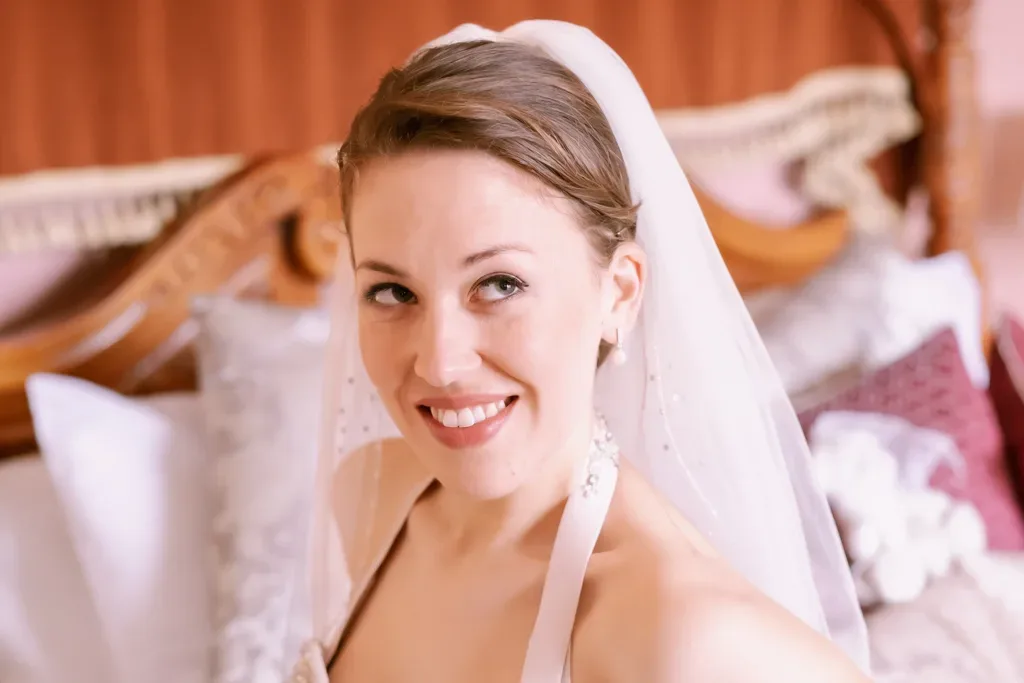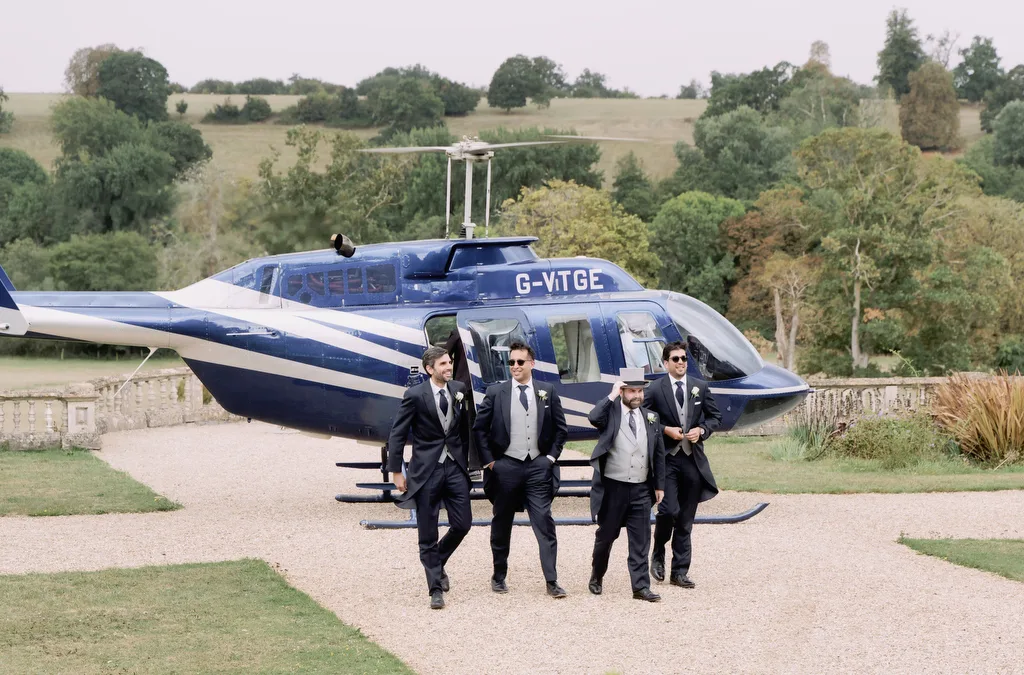Your Creativity with Wedding Photography Gear:
Unleashing your creativity with wedding photography gear can truly elevate your wedding images. Whether you’re a budding photographer or a seasoned pro, the right equipment can make all the difference. In this
guide, we’ll explore the best Sony and Fuji photography technology, as well as other essential gear to help you capture stunning wedding photos.
Section 1: Choosing Your Camera Brand
Firstly, let’s discuss the importance of selecting a camera brand that suits your photography style. Both Sony and Fuji offer top-of-the-line cameras for wedding photography, but they differ in terms of features, ergonomics, and lens options.
Sony Cameras for Wedding Photography
Sony cameras are known for their fast autofocus, excellent low-light performance, and mirrorless designs. Many wedding photographers appreciate the compact size and lightweight nature of Sony’s mirrorless cameras, which can make shooting long events more comfortable.
Fuji Cameras for Wedding Photography
Wedding photographer’s who prefer a more classic, film-like look often gravitate towards Fuji cameras. These cameras are renowned for their beautiful color reproduction, tactile controls, and retro styling. Additionally, Fuji’s extensive range of high-quality lenses can enhance your creative options.
Section 2: Lenses for Wedding Photography
Now that you’ve chosen your camera brand, it’s time to consider the lenses you’ll need for capturing stunning wedding photos.
Prime Lenses
Prime lenses are fixed focal length lenses that generally offer superior image quality and low-light performance compared to zoom lenses. These lenses are ideal for reportage wedding photography due to their sharpness and ability to isolate subjects from the background.
Zoom Lenses
Zoom lenses offer versatility, allowing you to change focal lengths without switching lenses. This can be particularly useful when capturing dynamic wedding images. While they may be slightly bulkier than prime lenses, the convenience of having multiple focal lengths in a single lens can be invaluable.
Section 3: Essential Accessories
Besides cameras and lenses, there are several accessories that can enhance your wedding photography experience.
Camera Bags
Investing in a high-quality camera bag is crucial for protecting your gear and keeping it organized. Opt for a bag with ample space and compartments, ensuring easy access to your equipment during the event.
Tripods
While not always necessary, a tripod can provide stability for long exposures or group shots. Choose a lightweight, portable tripod that won’t weigh you down during a busy wedding day.
Flash Units
Even with the best low-light camera and lenses, a good flash unit can be essential for achieving well-lit wedding photos. Consider a flash with a bounce and swivel head for versatile lighting options.

Memory Cards
Reliable, high-capacity memory cards are a must for storing your precious images. Look for cards with fast read and write speeds to keep up with the demands of high-resolution photography.
Section 4: Preparing for the Big Day
Before the wedding, ensure that you’re well-prepared with a thorough understanding of the venue, the schedule, and any
special requests from the couple. Scout the location beforehand to identify the best spots for wedding photos. Communicate with the couple and the Orchardleigh House Photographer, if applicable, to ensure seamless coordination on the big day.
Pre-Wedding Equipment Check
Prior to the wedding, make sure to check and clean your gear. Charge all batteries, format memory cards, and test your camera and lenses to avoid any technical issues during the event.
Backup Equipment
Bring backup equipment to cover any unforeseen issues. This includes extra camera bodies, lenses, batteries, memory cards, and flash units.
Section 5: Capturing the Wedding
Now that you’re well-prepared, it’s time to put your skills and equipment to the test. Keep these tips in mind to capture stunning wedding images.
Be Discreet
Maintain a low profile during the ceremony to avoid distracting the guests or the couple. Use silent shooting modes and avoid using flash when possible.
Capture Candid Moments
Candid, unposed moments often result in the most memorable wedding photos. Keep an eye out for genuine emotions and interactions, and be ready to capture them at a moment’s notice.
Work with the Light
Take advantage of natural light whenever possible. Experiment with different angles and compositions to create striking images.
Shoot in RAW
Shooting in RAW format allows for greater flexibility in post-processing. You can make adjustments to exposure, white balance, and other settings without degrading image quality.
Section 6: Post-Processing Your Images
After the wedding, it’s time to sort, edit, and deliver your wedding photos. Develop a consistent editing style that complements the couple’s preferences and the aesthetic of the wedding.
Backup Your Files
Before diving into editing, create multiple backups of your RAW files to prevent any potential loss of data.
Culling and Sorting
Review and organize your images, selecting the best shots for further editing. Consider using software like Lightroom or Capture One to streamline the process.
Editing Workflow
Establish a consistent editing workflow to ensure a cohesive look across all images. Adjust exposure, white balance, contrast, and other settings to enhance the overall aesthetic.
Delivering the Final Images
Once editing is complete, deliver the final images to the couple in a timely manner. Consider using an online gallery or cloud storage service for easy access and sharing.
In conclusion, the right wedding photography gear, combined with thorough preparation and creative techniques, can result in unforgettable wedding images. By selecting the best Sony or Fuji camera, lenses, and accessories, you’ll be well-equipped to capture the magic of any wedding day. Keep learning and refining your skills to become the recommended photographer for future couples. Happy shooting!

